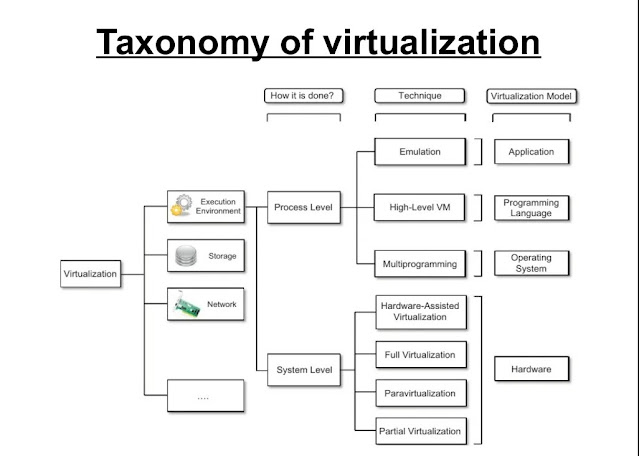Define the terms IP address and port.
What is an IP Address?
- An Internet Protocol address (IP address) is a numerical label such as 192.0.2.1 that is connected to a computer network that uses the Internet Protocol for communication.[1][2] An IP address serves two main functions: network interface identification and location addressing.
- An IP address is the address of the layer-3 IP protocol. IP address is a logical 32-bit address that is used to determine the destination of a data packet (datagram). The IP address identifies the source and destination networks which allow the datagram to flow accordingly in the specified route
- Version 4 of the Internet Protocol i.e. IPv4 defines an IP address as a 32-bit number. However, because of the growth of the Internet and the depletion of available IPv4 addresses, a new version of IP (IPv6), using 128 bits for the IP address, was developed in 1995 and standardized as RFC 2460 in 1998.
- IP address stands for internet protocol address; it is an identifying number that is associated with a specific computer or computer network. When connected to the internet, the IP address allows the computers to send and receive information.
- An Internet Protocol address (IP address) is the logical address of our network hardware by which other devices identify it in a network. IP address stands for Internet Protocol address which is an unique number or a numerical representation that uniquely identifies a specific interface on the network. Each device that is connected to internet an IP address is assigned to it for its unique identification.
Addresses in IPv4 are 32-bits long example,
12.244.233.165
And Addresses in IPv6 are 128-bits example,
2001:0db8:0000:0000:0000:ff00:0042:7879
Port
- Ports are represented by 16-bit numbers. Hence ports range from 0-65,525. The port numbers from 0 -1023 are restricted because they are reserved for the use of well-known protocol services such as HTTP and FTP. In a network, the endpoint, which two hosts communicate with each other are identified as ports.
- Port number is the part of the addressing information used to identify the senders and receivers of messages in computer networking. Different port numbers are used to determine what protocol incoming traffic should be directed to. Port number identifies a specific process to which an Internet or other network message is to be forwarded when it arrives at a server. Ports are identified for each protocol and It is considered as a communication endpoint.
- Ports are represented by 16-bit numbers. 0 to 1023 are restricted port numbers are as they are used by well-known protocol services. 1024 to 49151 are registered port numbers means it can be registered to specific protocols by software corporations and in last 49152 to 65536 are used as private ports means they can be used by anybody.




Comments
Post a Comment